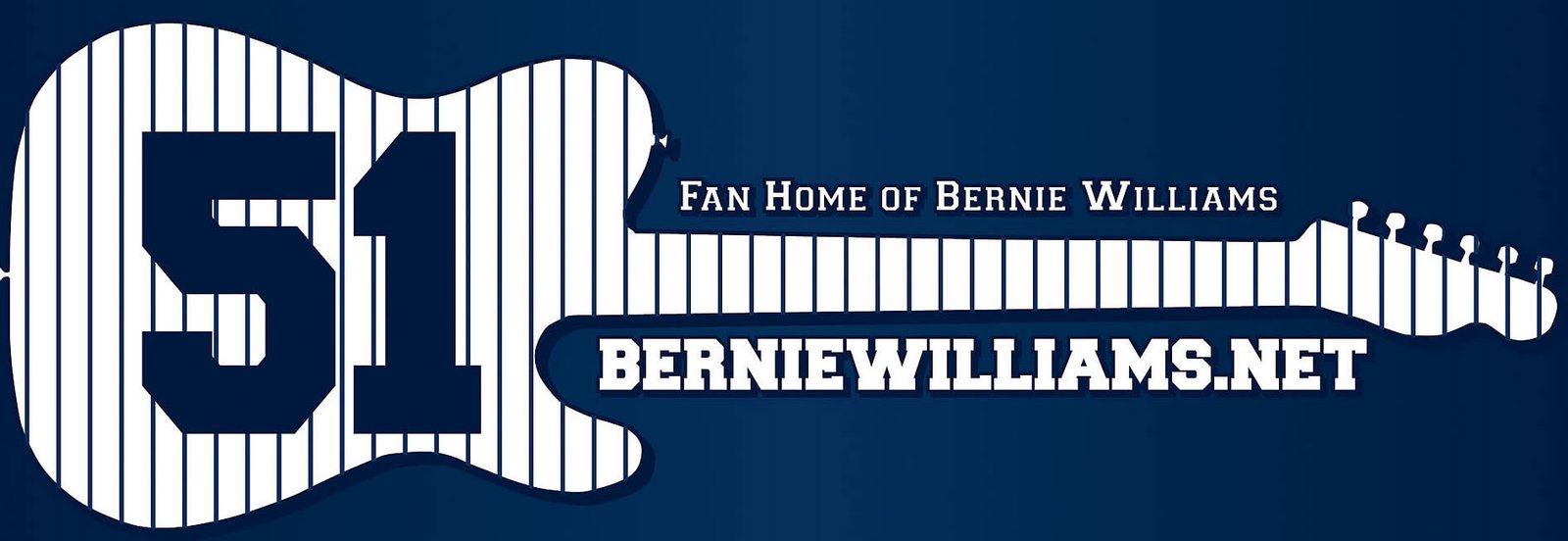How to Break In a Baseball Glove
A baseball glove is an essential piece of equipment for any player. A well-broken glove will feel like an extension of your hand, giving you the confidence and comfort you need to make plays on the field. Breaking in a new baseball glove doesn’t have to be a difficult process. With a little time and […]
How to Break In a Baseball Glove Read More »

